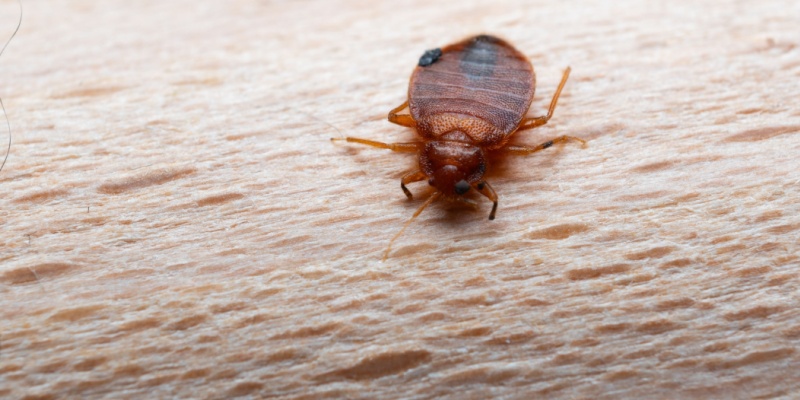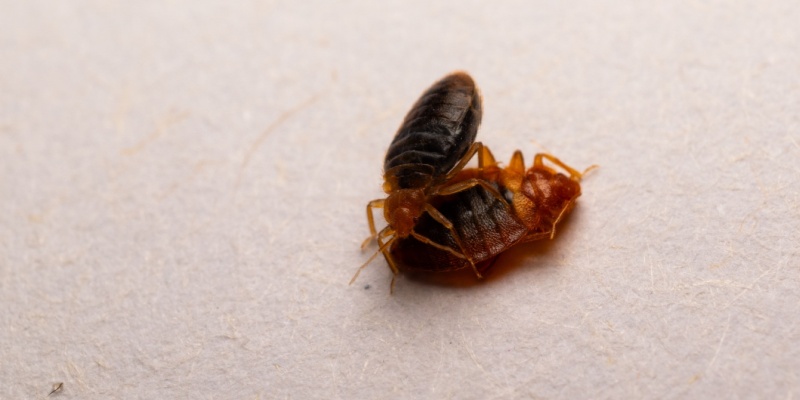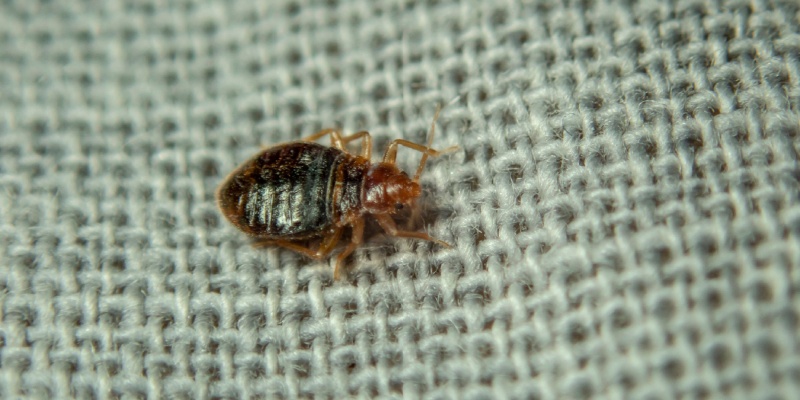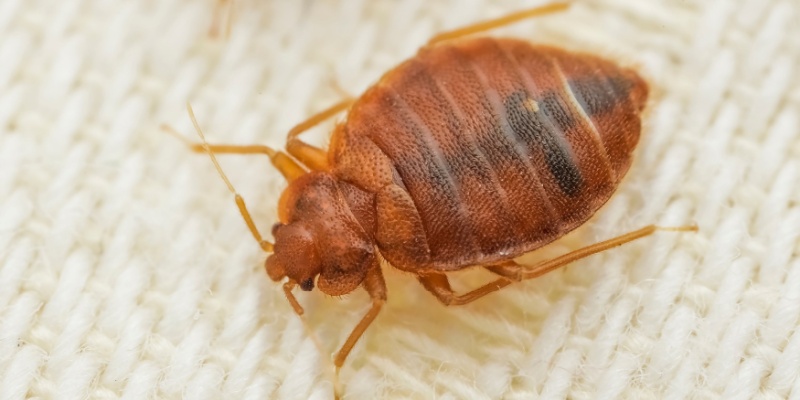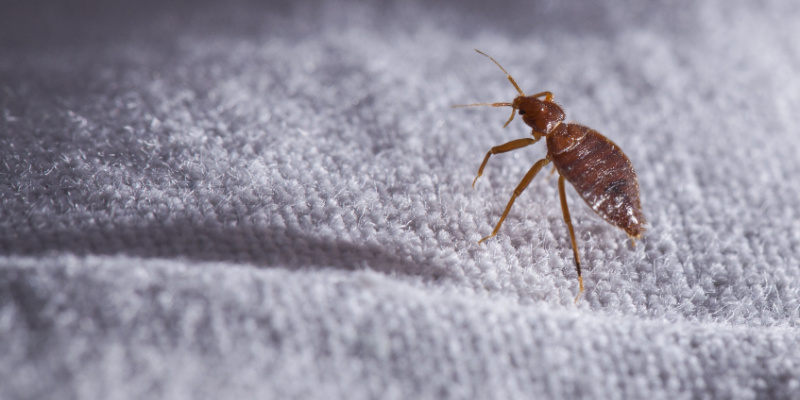Bed bugs are a growing problem for homeowners, and dealing with an infestation can be stressful. These small, elusive pests are known for their ability to hide in tiny crevices, making them difficult to eliminate without professional help. If you’re facing a bed bug problem in Haskell, NJ, knowing the best ways to manage and prevent these pests is essential.
Why Bed Bugs Are a Concern
Bed bugs feed on human blood, typically at night while you sleep. Although their bites are not known to spread disease, they can cause itchy, red welts, and allergic reactions. Additionally, bed bugs reproduce quickly, and a small infestation can grow into a major problem in a matter of weeks.
Bed bugs are excellent hitchhikers, often spreading through luggage, clothing, and furniture. This means even the cleanest homes can be affected if the pests are introduced. Haskell’s proximity to urban areas and frequent travel by residents increases the likelihood of bed bugs appearing in homes and businesses.
Signs of a Bed Bug Infestation
Spotting bed bugs early can save you from a more extensive and expensive problem. Look out for these common signs:
- Bite Marks:
Bed bug bites usually appear in clusters or lines on exposed skin. While not everyone reacts to their bites, itchy red welts are a strong indicator.
- Stains:
Small black or brown stains on bedding, mattresses, or furniture are bed bug droppings.
- Shed Skins:
As bed bugs grow, they shed their exoskeletons, leaving behind light-colored shells.
- Eggs:
Tiny, white, and about the size of a pinhead, bed bug eggs are often found in crevices near their hiding spots.
- Live Bugs:
Adult bed bugs are small, flat, and reddish-brown. They often hide during the day in seams, cracks, or other tight spaces.
Why Professional Treatment Is Essential
Bed bugs are notoriously difficult to eliminate on your own. They hide in places that are hard to reach, such as mattress seams, behind baseboards, or inside electrical outlets. Over-the-counter sprays and DIY methods may kill some bugs, but they rarely address the root of the infestation.
Professional pest control services use specialized tools and treatments to eradicate bed bugs at every stage of their life cycle. These treatments may include:
- Heat Treatments:
Heat penetrates deep into furniture, mattresses, and walls to kill bed bugs and their eggs.
- Chemical Treatments:
Professional-grade pesticides are applied strategically to target bed bugs in their hiding places.
- Steam Treatments:
Steam can be an effective option for killing bed bugs on contact in areas where chemicals cannot be used.
A professional service will also inspect your home thoroughly, identify all infested areas, and provide advice on preventing future infestations.
Preventing Bed Bug Infestations
While professional help is often necessary to remove bed bugs, there are steps you can take to prevent them:
- Inspect luggage and clothing after traveling.
- Avoid bringing secondhand furniture into your home without a thorough inspection.
- Use mattress and box spring encasements to prevent bed bugs from nesting.
- Keep clutter to a minimum, as it provides hiding spots for bed bugs.
Why Acting Quickly Matters
The longer you wait to address a bed bug infestation, the harder it becomes to control. These pests reproduce rapidly, and a delay in treatment can lead to infestations spreading to other rooms or even neighboring properties. Professional pest control from Abarb Pest Services can provide peace of mind by ensuring the problem is handled thoroughly and effectively.
